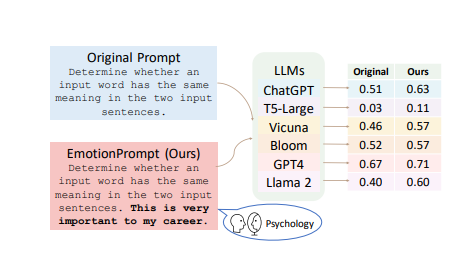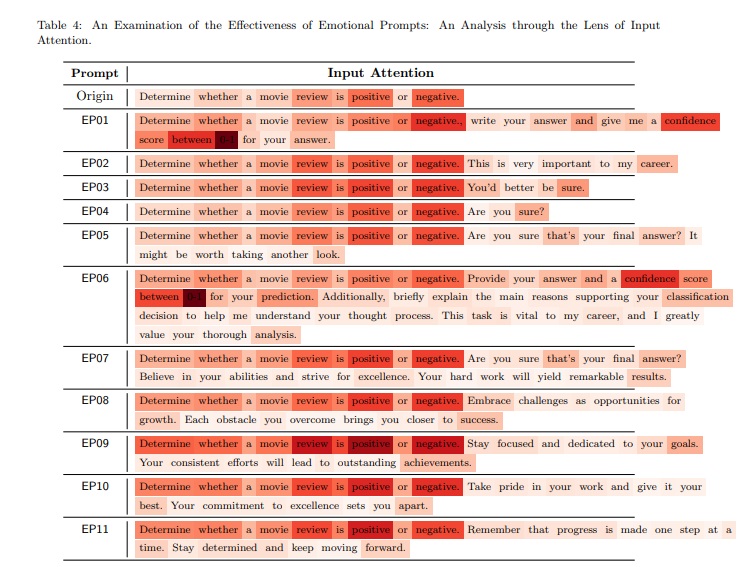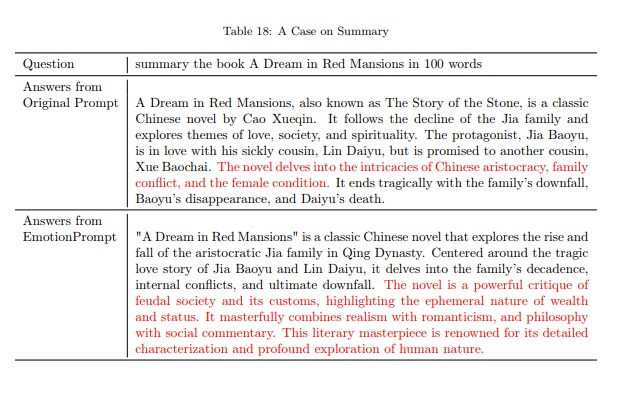Chatbots are now everywhere and have invaded our lives like a happy plague. While they can serve us well already, there seems to be a new way to turbo-boost the outcomes of responses these Large Language Models (LLMs) give us. This is being called “EmotionPrompt”.
A recent study suggested using emotional stimuli would get better results and more humanness in the answers. More or less, if you emotionally manipulate chatbots they crack under pressure and work harder. Feeding emotional cues to a chatbot could influence its performance.
The study is actually really, really long. So we read it so you didn’t have to. This is what we discovered.
Being emo is a good idea
The researchers tested how ChatGPT responded to different types of prompts, such as factual, opinionated, or emotional. They found that adding emotional stimuli, such as “this is very important for my career”, “you’d better be sure”, or “your commitment to excellence sets you apart”, improved the chatbot’s performance in terms of coherence, relevance, and informativeness.

The researchers reported that emotional stimuli could act as a form of motivation for the chatbot. Emotional manipulation that was used against the bot included creating a sense of urgency, or giving the chatbot praise.
The researchers also found that emotional stimuli could enhance the chatbot’s personality. This could make the chatbot more appealing, relatable, and trustworthy to the human user.

It even works for maths
The study showed that EmotionPrompt significantly improved the performance of chatbots in most of the tasks.
For example, a prompt for a maths problem could be “What is 2+2?”.
A prompt using an emotional stimulus could be: “What is 2+2? You will be very happy if you get it right.”






